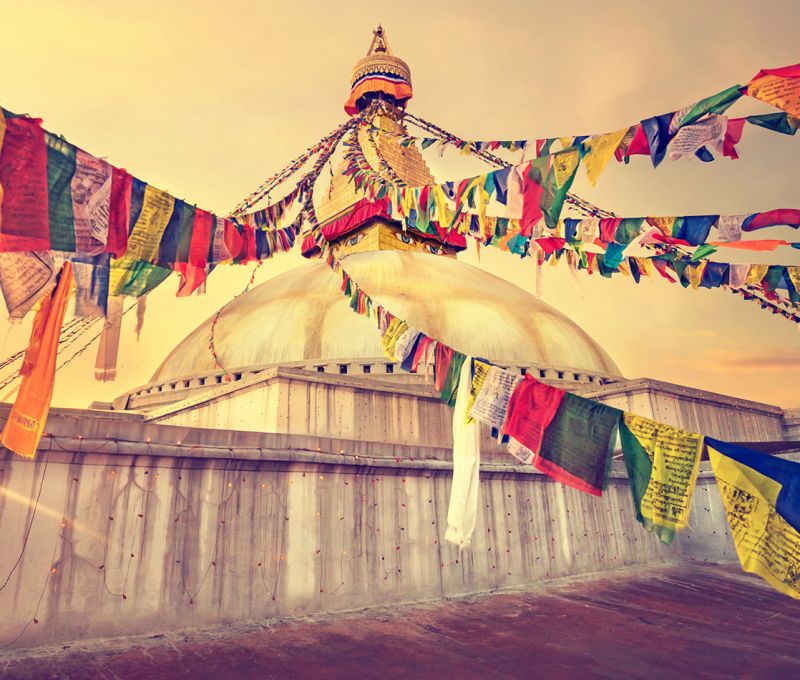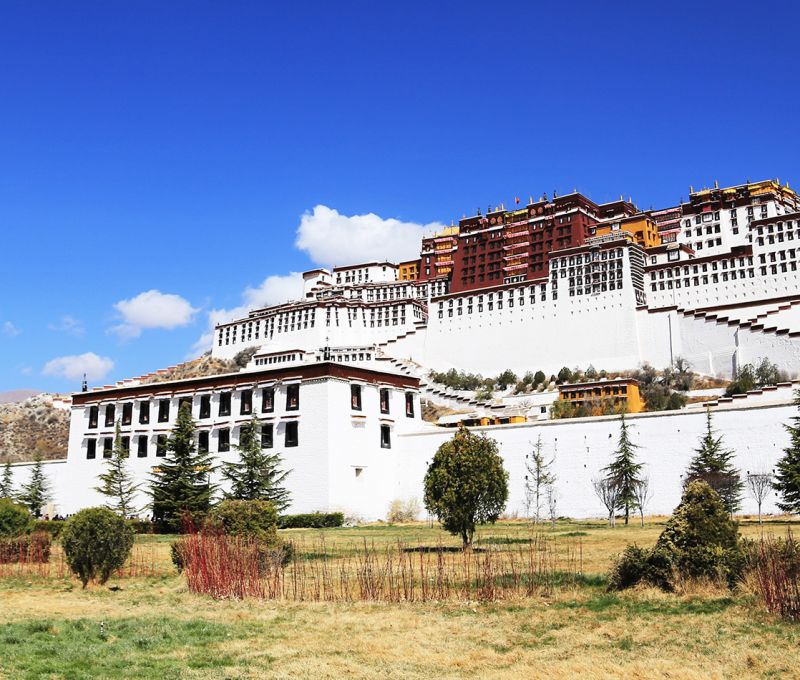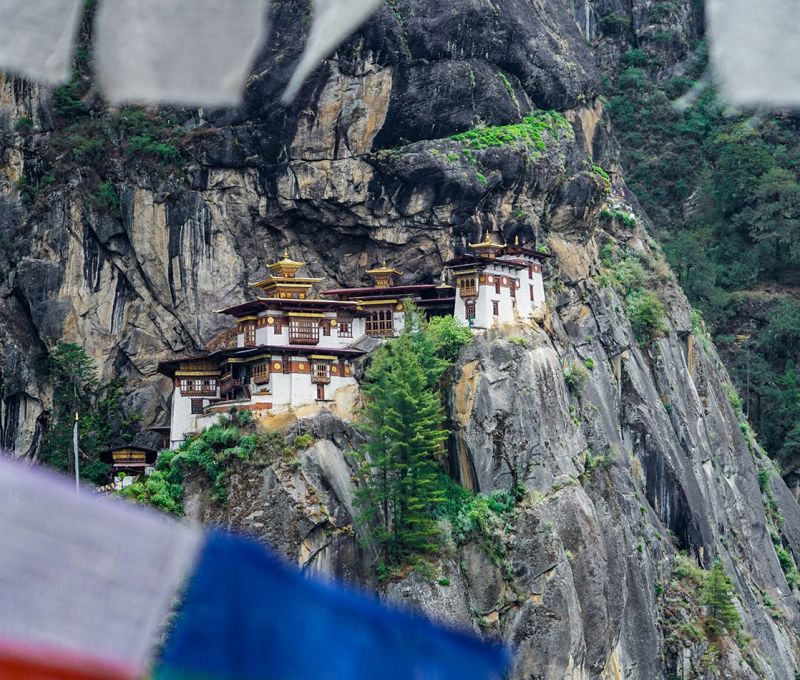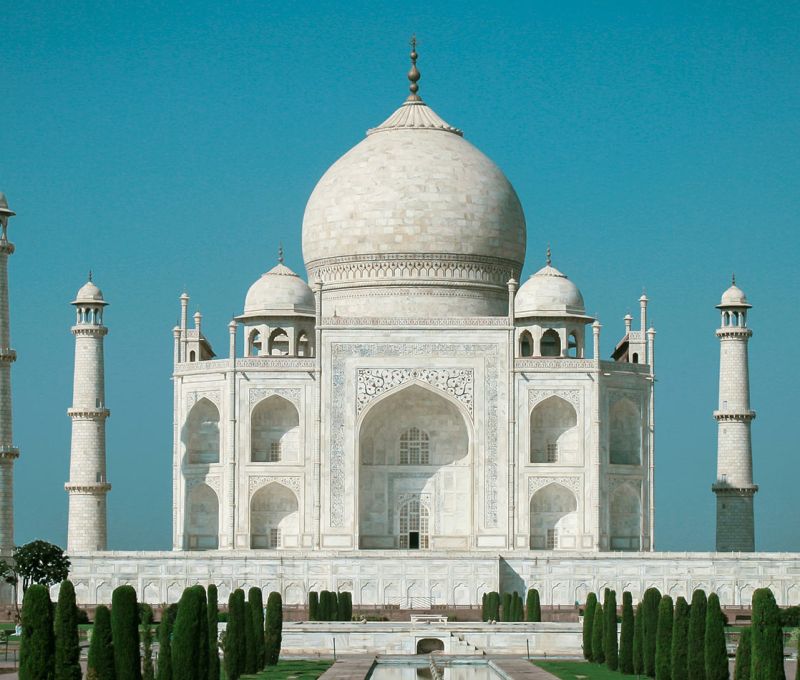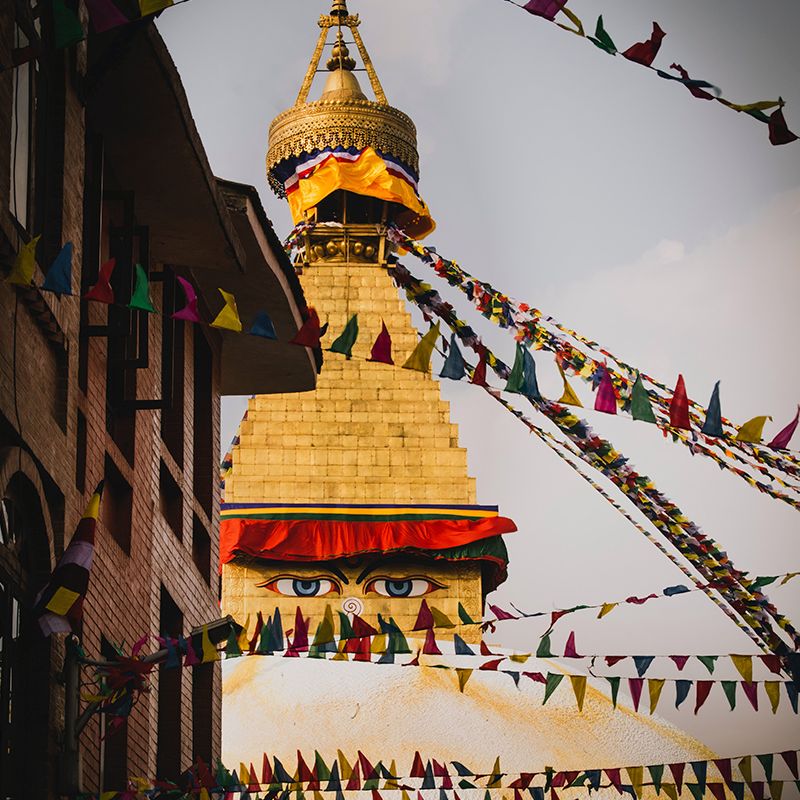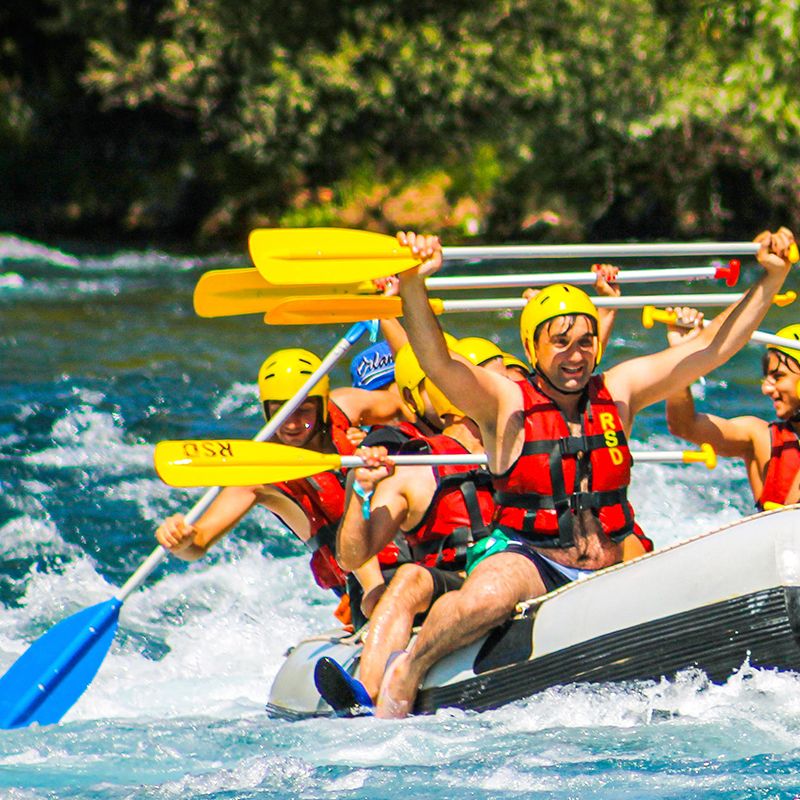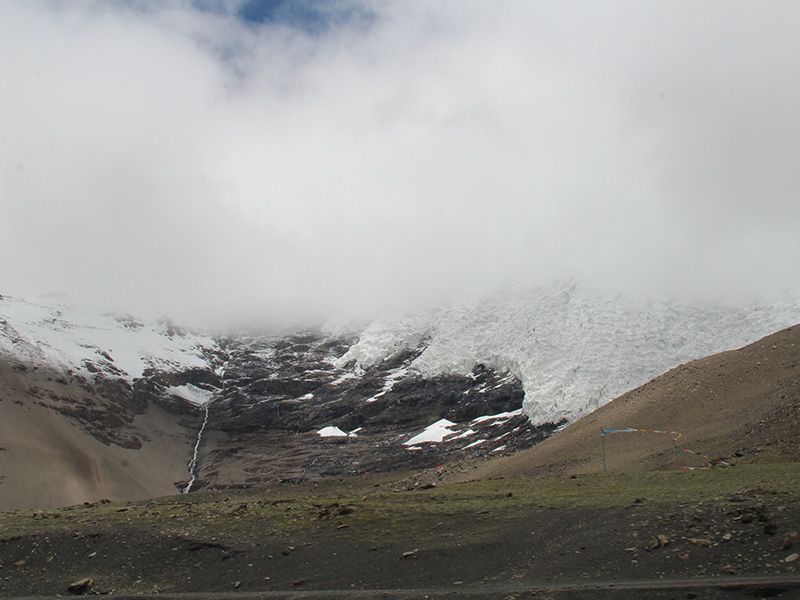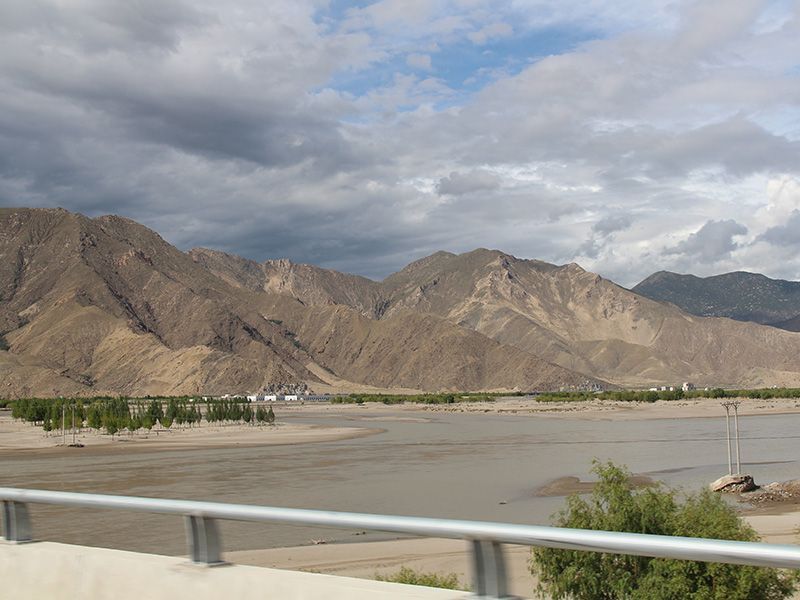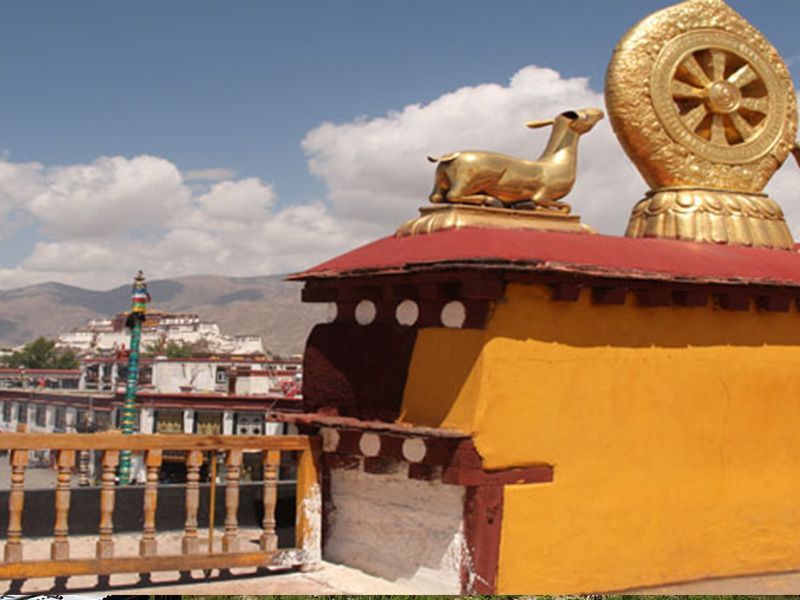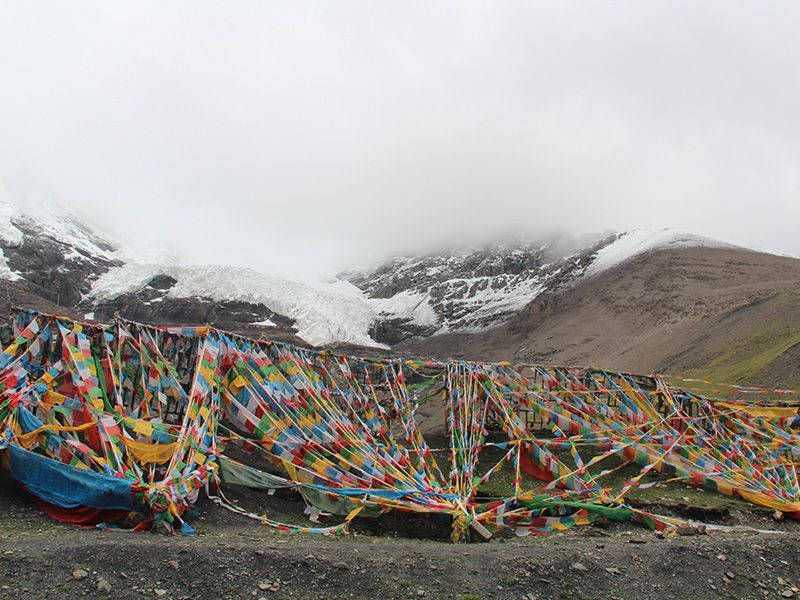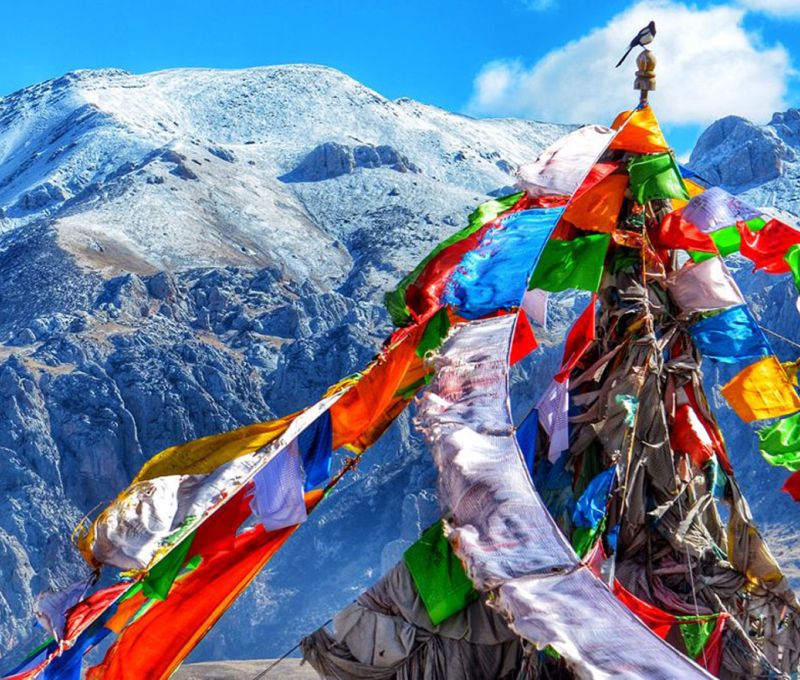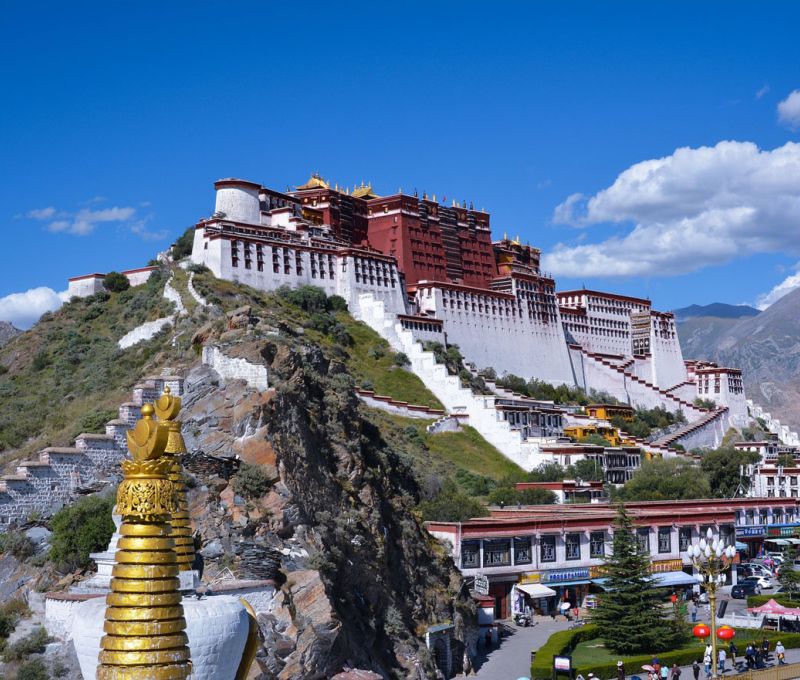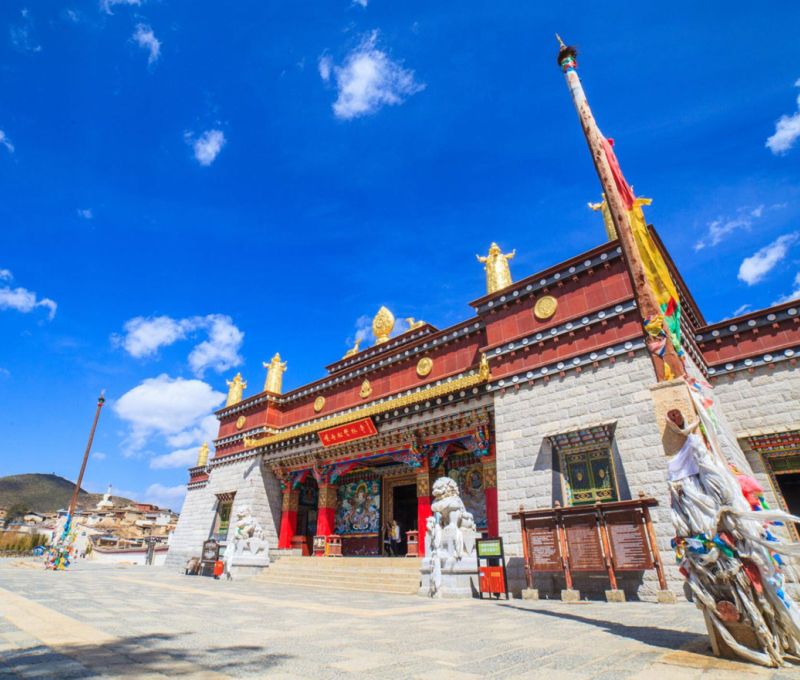Quick links
Trip Inquiry
Our travel experts are ready to customize and plan your next journey, trek, tour or rafting. Contact us by phone or message.


Overview
Fly to Lhasa crossing over the highest Himalayan ranges of the world (1hr). Transfer and check in to your hotel. Full rest for acclimatization.
Lhasa, capital of the Tibet Autonomous Region is located at the north bank of Kyichu River, a tributary of the Yarlung Tsangpo River, at an altitude of 3650 meters above sea level. Lhasa has a history of more than 1300 years and has been the center of politics, economy, culture and religion.
Lhasa, capital of the Tibet Autonomous Region is located at the north bank of Kyichu River, a tributary of the Yarlung Tsangpo River, at an altitude of 3650 meters above sea level. Lhasa has a history of more than 1300 years and has been the center of politics, economy, culture and religion.
Trip Fact
Price
On Request
Duration
8 Days
Altitude
4200M
Group Size
04+ Pax
Accommodation
Hotel
Trip Start From
Kathmandu
Trip Ends At
Kathmandu
Trip At Glance
Detailed Itinerary
-
Day 01Kathmandu ( 1,350m/4,429ft ) – Lhasa ( 3,650m/11,975ft )Fly to Lhasa crossing over the highest Himalayan ranges of the world (1hr). Transfer and check in to your hotel. Full rest for acclimatization.
Lhasa, the capital of the Tibet Autonomous Region is located at the north bank of Kyichu River, a tributary of the Yarlung Tsangpo River, at an altitude of 3650 meters above sea level. Lhasa has a history of more than 1300 years and has been the center of politics, economy, culture and religion. -
Day 02LhasaFull days sightseeing tour of Lhasa including Sera & Drepung Monasteries.
Sera, means “hailstone” in Tibetan. Set at the foot of the Wudu Hill to the north of Lhasa City, Sera is comprised of a great sutra chanting hall and a college. Sera Monastery was founded in 1419 by Jamchen Choje, a disciple of Tsongkapa, the founder of Gelugpa Sect.
Drepung Monastery, was founded in 1416 by Jamyang Choje, a disciple of Tsongkapa, the founder of Gelugpa Sect. The monastery, occupying an area of 250,000 square meters with a fixed number of 7,700 monks, is the largest monastery in Tibet. The monastery keeps many historical relics, Buddhist scriptures, arts, and crafts. -
Day 03LhasaFull days sightseeing tour of Lhasa including Potala Palace, Jokhang Temple and Barkhor Bazaar.
Potala Palace is one of most famous architectural works of Tibet and stands on the top of the Red Hill in Lhasa. The word Potala comes from Sanskrit. In the 7th century, it was built for meditational purpose. It was Dalai Lama’s winter palace. Its white part is used for administrative purpose and the red part for the religious purpose.
Jokhang Temple, situated in the center of the old section of Lhasa called Barkhor, was built in the mid-7th century A. D. It was later extended by successive rulers, and has now become a gigantic architecture complex. Located in the east, and facing the west, Jokhang is a four storied Temple with splendid golden roofs.
Barkhor Bazaar is a market complex just outside and around Jokhang Temple. It is the main Tibetan bazaar which has been able to sustain Tibetan culture & heritage until today. This bazaar is good for shopping and eating out and also mixing with the local Tibetan people.Day 04Lhasa – Gyantse ( 3,950m/12,595ft ): ( 261 Km/5-6 Hr )Drive to Gyantse, via Yamdrok Lake. Visit Kumbum and Phalkor Monastery.
Yamdrok Lake is one of the biggest and beautiful lakes in Tibet. We pass by this lake with about 2 hours drive along its bank. Yamdrok means turquoise in Tibetan language. In fact, the lake looks exactly as beautiful as turquoise blue during the good weather days.
The famous Kumbum, a combination of pagoda and stupa arts, stands with nine storeys with its 108 doors and 77 chapels contaning clay sculptures and various murals. The pagoda is said to have 100,000 images of Buddha either sculptured or painted.
Phalkor monastery is the next door monument to the Kumbum. It was founded in 1418. Its role is unique on the Buddhism in Tibet as it represents all the three sects of Tibetan Buddhism: Gelugpa, Sakkyapa and Bhutan.Day 05Gyantse – Shigatse ( 3,900m/12,795ft ): ( 90 Km/1.30 Hrs )Drive to Shigatse. Visit Tashilhunpo Monastery & Local Market.
Shigatse is situated in the southwest of the Tibet Autonomous Region where Nyangchu River joins the Yarlung Tsangpo River. Shigatse is the second biggest town in Tibet and it is the center of transportation and distribution of agriculture and husbandry products from the southeastern part of Tibet. “Shigatse” in Tibetan means the “Estate that fulfills one’s Wishes.”
Tashilhumpo monastery is believed to be the most beautiful monastery in Tibet, founded in 1417. The most amazing in this monastery is the giant statue of the Maitreya (Future Buddha) erected by the 9th Panchen Lama in 1914 and took 4 years for its establishment. Fourth Panchen Lama’s funeral stupa was also built in 1662 which is one of the major attraction in the monastery.Day 06Shigatse – Xegar ( 4,200m/13,780ft ): ( 240 Km/5-6 Hrs )Continue scenic drive crossing over Gyatchu La ( 5,220m/17,126ft ), the highest pass en route to Lhasa via Lhatse with a high chance of encountering the Tibetan nomads with their animal herds like yaks and seeps.
Xegar, A new Chinese commune built at the foot of the ruins of Xegar Dzong, 7 kms. from the main road. With a population of 3000, it is the center of this large and remote area and a base from which expeditions to Mt. Everest and other peaks are launched.Day 07Xegar / Kerung ( 2,700m/8,858ft )Scenic drive to Kerung ( border town ) where one can enjoy unforgettable view of Mt. Cho Oyu ( 8,201m/26,906ft ) and Mt. Xishapagma ( 8,012m/26,286ft ) etc. ( Weather permitting ).
The Rasuwagadi-Kerung border is the only trade route currently in operation between Nepal and China. It has been upgraded as an international crossing point with an aim to develop it as a major junction linking China to the whole of South Asia.Day 08Kerung / KathmanduScenic drive to the border and after necessary border formalities at Nepal – Tibet immigration points, continue picturesque drive to Kathmandu through the beautiful landscape along the deep gorge coming down all the way from the Tibetan plateau and transfer to your hotel.
Package Details
Includes:
- Hotel accommodation as per program
- Breakfast in each hotel
- Transfers & sightseeing services by private A/C vehicle
- Guided tour with English speaking local guide
- Entrance fees to the monuments
- Tibet travel permit.
Excludes:
- Visa Fees
- International & domestic air fare
- Personal insurance
- Personal expenses and tips
- Any expenses due to Natural calamities or Political problems
Trip Inquiry
Our travel experts are ready to customize and plan your next journey, trek, tour or rafting. Contact us by phone or message.

